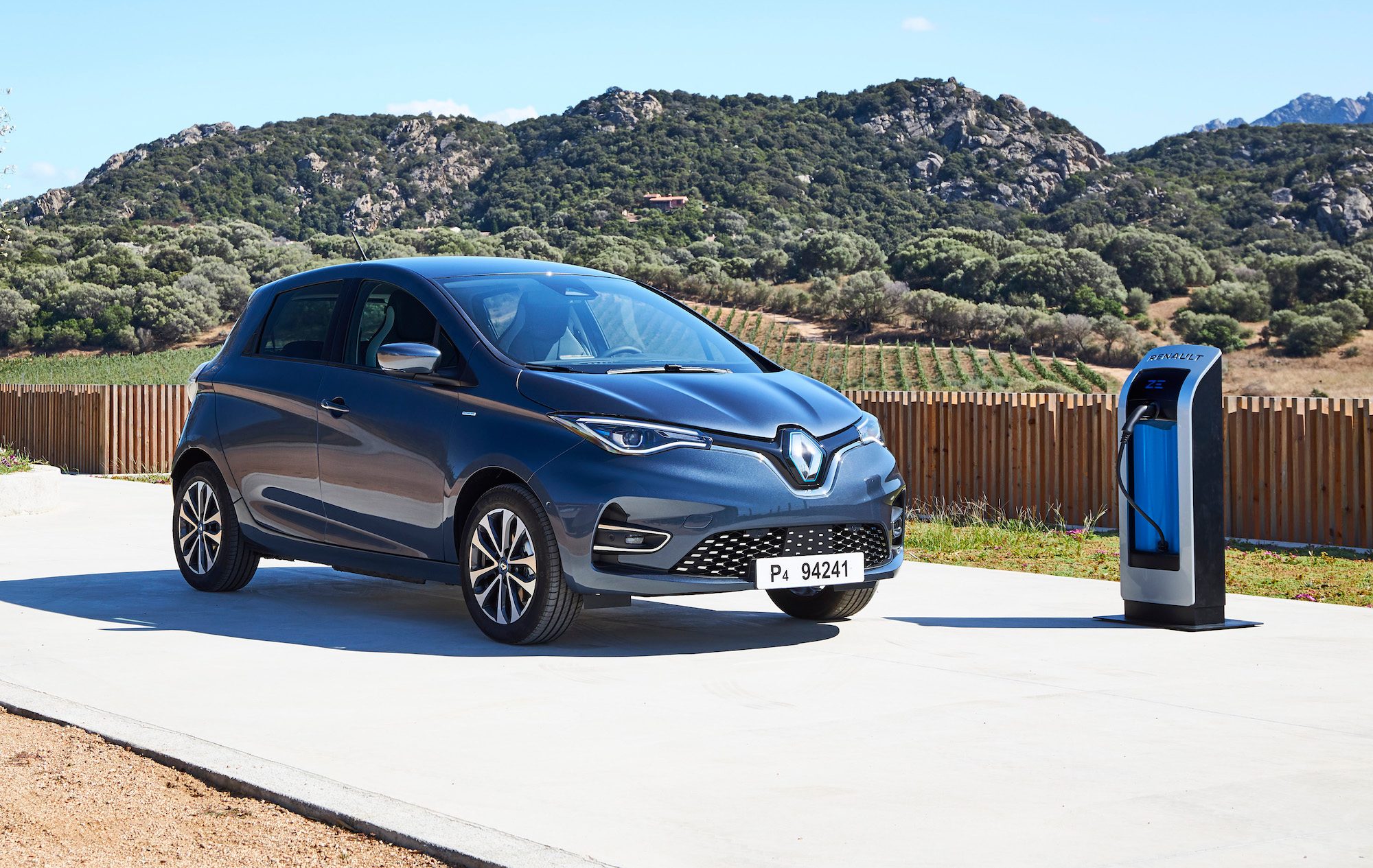For years, China has been the world’s largest plug-in vehicle market. However, the Western European governments ‘support for the electric car through generous subsidies and the manufacturers’ own efforts to comply with the new European Union emissions regulations have managed to reverse the situation and for the old continent to take the lead.
Thus, sales in Western Europe (Austria, Belgium, Denmark, Finland, France, Germany, Greece, Ireland, Italy, Luxembourg, Netherlands, Portugal, Spain, Sweden, United Kingdom, Iceland, Norway, and Switzerland) of pure electric vehicles and plug-in hybrids during the first seven months of 2020 reached 500,000 units.
This is about 14,000 more units than in China during the same period. A quite remarkable fact if we consider that the Chinese car market has recovered much faster from the ravages caused by the coronavirus pandemic than European countries who saw themselves hit by the crisis later.
This change in trend can be explained by the Chinese government’s decision to gradually reduce subsidies in an attempt to get the many electric car manufacturers that emerged in recent years in the heat of state aid to become more independent and competitive, something that is likely to result in the disappearance of many of them.
During the first seven months of the year, 231,000 plug-in hybrids were sold in Europe, more than double the number in China (108,000 units). China remains ahead of Europe in sales of pure electric cars with 378,000 units, it takes a significant advantage over the 269,000 units delivered in the old continent.
All in all, the arrival of new models like the Volkswagen ID.3 is probably the definitive boost to European sales. Besides, the opening of Tesla’s Giga Berlin factory in 2021 may also be a significant boost and the arrival of genuinely affordable models such as the long-awaited Dacia Spring, one of the first low-cost electric cars in Europe.

